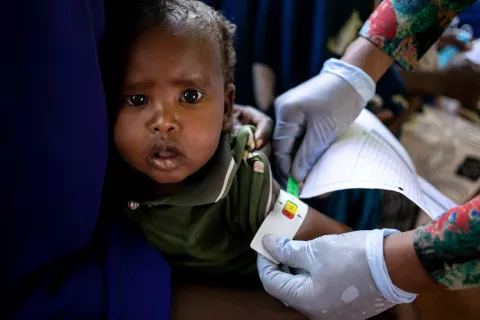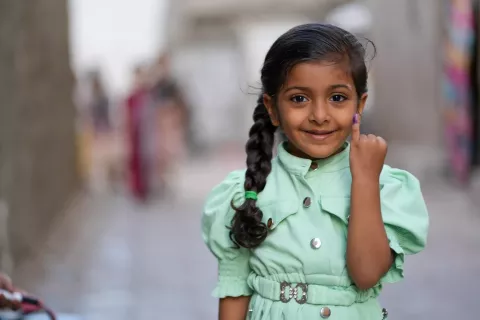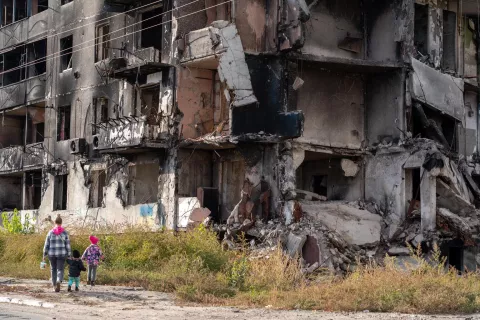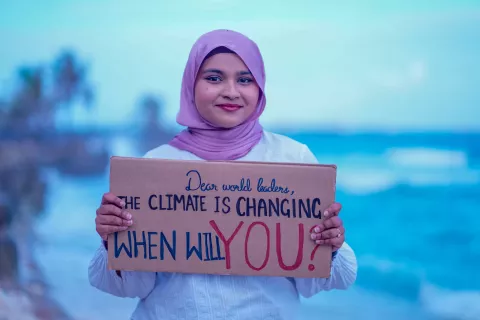Social Protection & Gender Equality Outcomes Across the Lifecycle
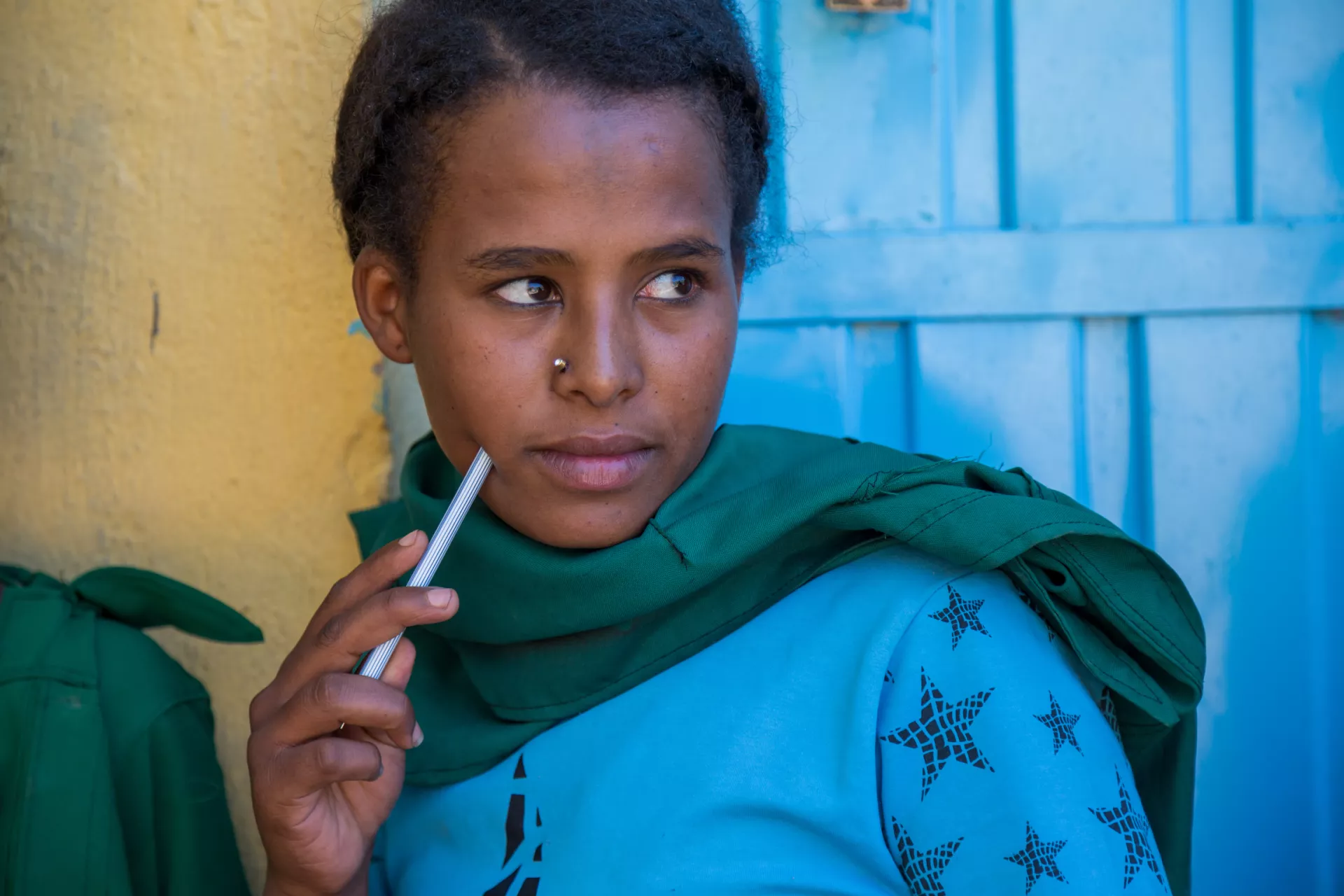
About
Social protection is a fundamental right and key tool in addressing shocks, vulnerability, gender inequality and poverty. It can make the difference that keeps a child from going to bed hungry and missing school. It can allow people to access essential healthcare and to adapt more easily to climate-related disasters. Expanding coverage and improving the design and implementation of social protection programmes - such as child benefits, maternity and parental leave benefits, and pensions - can have a significant impact on the most vulnerable households and protect people from slipping into poverty during times of change and challenge.
These experiences of poverty, vulnerability, life-cycle changes and crisis are consistently gendered experiences, with women and girls over-represented among those living in poverty globally, and difference in poverty largest when care and domestic responsibilities usually assigned to women are at their peak. For example, women in the 24-34 age group 25% more likely to be in poverty, and female headed households are staggeringly almost 50% more likely to be in extreme poverty than male headed households. COVID-19 has compounded this disadvantage, with feminized employed sectors likely to be the hardest hit during recessions, whilst critical services that respond to gendered needs, experiences and disproportionate care burdens all severely constrained – from GBV response services, to SRHR, to childcare. However, increasingly, we are seeing that social protection can contribute to a range of gender equality outcomes, as well as delivering different gendered results depending on design, implementation choices and context.
But what does the evidence say? What do we know about the impacts of social protection on gendered outcomes relating to education outcomes such as access to schools and learning? What about SRHR outcomes and maternal health – or nutrition? Do we see evidence for impacts on violence against children, gender-based violence, abuse and neglect – and do these differ for girls, boys, women and men? What do we know about the potential impacts of social protection on women’s economic empowerment?
This report provides a concise summary of the findings of a rapid evidence assessment, capturing the recent evidence on whether and how social protection programmes in low and middle-income countries can contribute to gender equality. Critically, the paper summarises evidence with a lifecycle perspective, from infancy through to adulthood. You will find the full report in the drop-down menu, which focuses on evidence relating to social protection and gender organised into four key pillars: (1) Education and Learning; (2) Health & Nutrition; (3) Child Protection & GBV and (4) Economic Empowerment. Readers also have the option to download ‘mini’ papers extracting the findings for each pillar.

